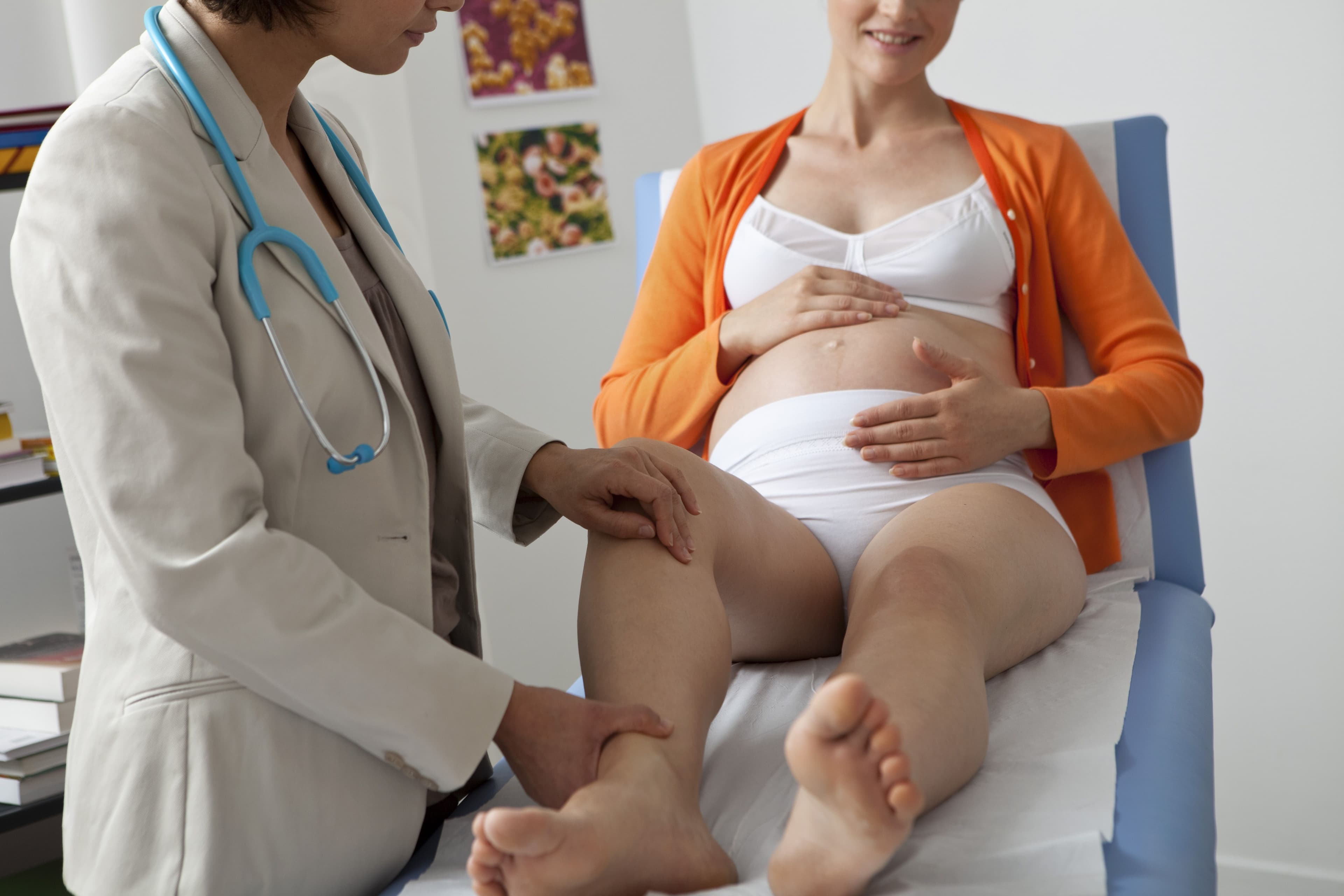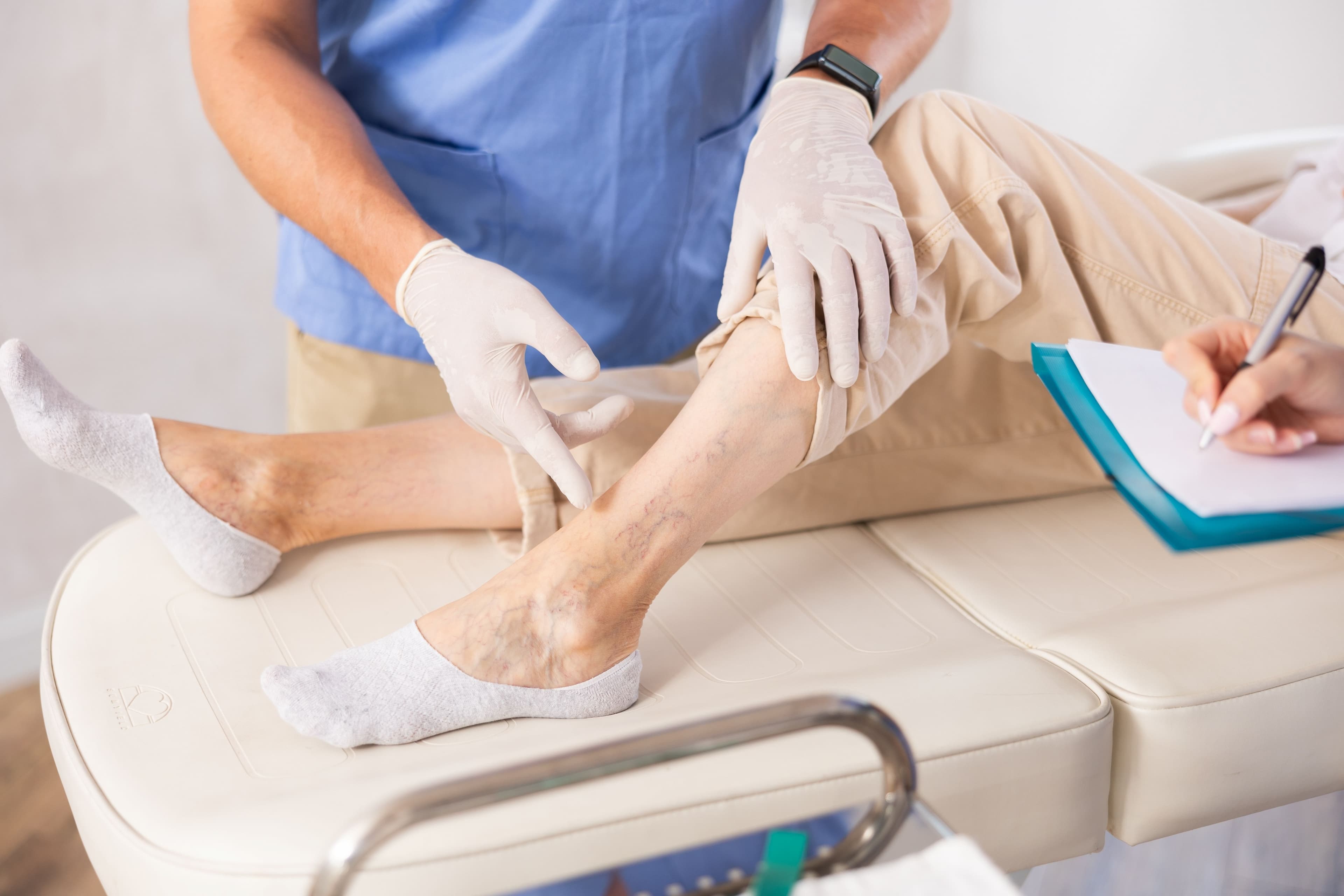The cliché of grandma's stocking, it's over!
Increasingly aesthetic products
Today, manufacturers have taken up the challenge of combining health and aesthetics. Compression socks, often referred to as compression socks, designed to improve blood circulation and prevent discomfort, are no longer limited to their sole medical purpose. Thanks to innovations in the textile field, they have undergone a real transformation to adapt to the needs of comfort, health and style.
With refined textures, varied colors and contemporary patterns, they fit perfectly into an everyday wardrobe, whether for a professional environment or more casual occasions. This evolution allows you to enjoy the medical benefits without sacrificing style.
A product for every need: the different materials
The use of natural fibers as the main materials of compression socks has made it possible to reinvent these medical devices. Each material thus meets specific needs.
These materials offer not only comfort but also an aesthetic suitable for any occasion.
Cotton: resistant(1), it guarantees the solidity of the knit and increases the robustness of the sock. It is suitable for all seasons and outdoor activities
Wool: the absorbent, insulating and soft fiber1. Merino wool is an insulating and thermoregulatory material(1), which protects the legs from the cold and promotes the evacuation of perspiration(1). It is suitable for cold and wet weather as well as outdoor activities.
Linen: the natural linen fibre makes for a thin, supple(1) and thermoregulatory sock(3). The combination of linen fiber with viscose fiber provides a softness that makes the linen sock an ally for travel and the warmer seasons.
Product focus: new trend colours for VENOFLEX FAST Lin
Wearing compression and keeping style is possible! In limited edition Spring/Summer 2025, discover the new trendy colors of Venoflex FAST Linen:
These two new colours, Matcha for men and Peony for women, have been designed to bring spring to your feet. In a floral and vegetal spirit, VENOFLEX FAST Lin is reinvented for a gentle break. No more black or beige compression socks, assert your style and dare to use color!

* We are talking about compression socks, stockings or tights by misnomer, but the right and medical term is actually compression socks, stockings or tights.
- https://www.la-federation.com/data/chiffres-cles_3ec82/fiche/633/fibres_naturelles_36d9d.pdf
- Cotton
- Alliance for European Flax-Linen & Hemp https://allianceflaxlinenhemp.eu/fr/performances-proprietes-lin https://allianceflaxlinenhemp.eu/fr/tout-savoir-lin-europeen
The products mentioned are class I medical devices intended for the treatment of venous pathologies. These medical devices are regulated health products that bear, under this regulation, the CE marking. Indications and contraindications: refer to the package leaflets. Read the instructions for use, indications and contraindications of the products carefully. If in doubt, consult a healthcare professional.


